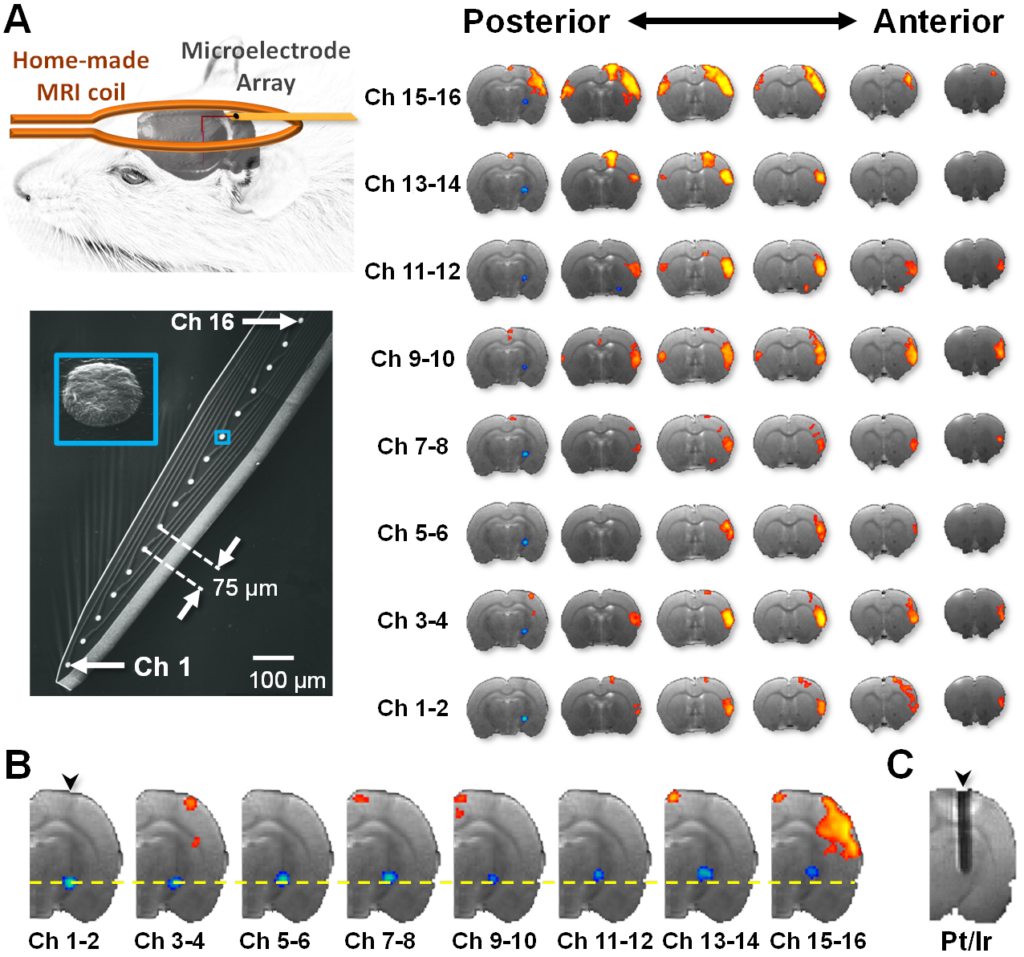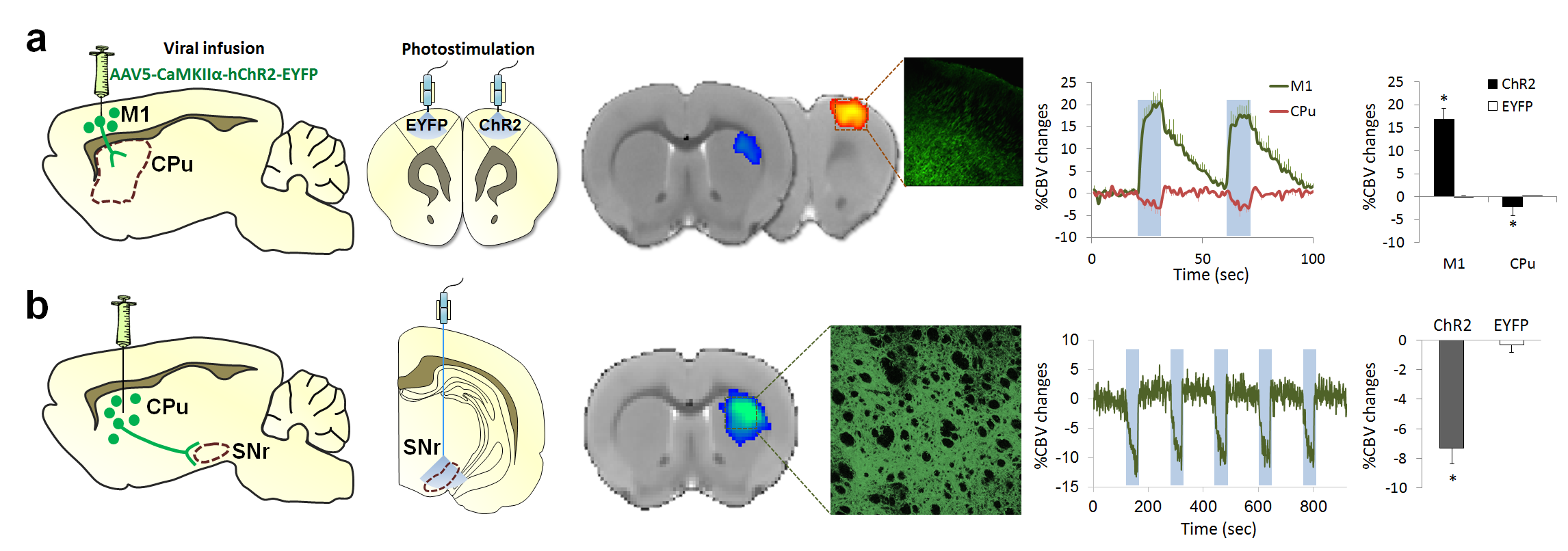
Deep brain stimulation (DBS) is a well-established neurosurgical therapy for multiple neurological and psychiatric disorders. Despite its rapidly growing use, the circuit mechanisms underlying the therapeutic effects of DBS are poorly understood, representing a major challenge to refinement for enhanced efficacy and reduced side effects. In DBS, an electrode is stereotactically guided to a target cerebral nucleus and high frequency (~130 Hz) electrical stimulation is delivered through a pacemaker-like subcutaneous stimulating device. It is most commonly employed in the treatment of Parkinsonâs disease (PD), generally in cases where other medical therapies have become inadequate or dyskinesias have become intolerable. When applied for the symptomatic treatment of PD, the subthalamic nucleus (STN) is frequently targeted, often resulting in a marked reduction in several hallmark PD symptoms, including resting tremor and rigidity. However, despite these benefits, many parkinsonian symptoms are frequently refractory to, or may worsen during STN-DBS. The STN is both anatomically heterogeneous and fiber-dense, and thus there is a high likelihood of recruitment of off-target circuits during STN-DBS, even with accurate electrode placements. A better understanding of how DBS exerts its therapeutic effects will allow optimization of this procedure to enhance therapeutic outcomes and reduce unwanted side-effects.
Our project aims to address three critical, yet elusive questions of: 1) which neural circuits represent on- and off-target STN-DBS effects, 2) whether selective optogenetic stimulation of STN neurons ameliorate parkinsonian motor deficits, and 3) which neural circuits are necessary for therapeutic STN-DBS. To these ends, we are using state-of-the-art functional magnetic resonance imaging (fMRI), functional connectivity MRI (fcMRI), electrophysiology, optogenetics, and behavioral assessment to dissect therapeutic DBS circuitry in an animal model of PD, in which the amelioration of motor deficits are strongly DBS-dependent. Our lab has proven expertise in using these novel brain stimulation techniques in combination with fMRI (Shih et al., Brain Stim, 2014; Lai et al., Neuroimage, 2014; Younce et al., J Vis Exp, 2014; Lai et al., Magn Reson Med 2015; Albaugh et al., Sci Rep, 2016; Decot et al., Neuropsychopharmacology). This project is in collaboration with Dr. Warren Grill at Duke (http://grill-lab.pratt.duke.edu/) and Dr. Garret Stuber at UNC (http://www.stuberlab.org/). If successful, we will provide novel insights into DBS mechanisms and lay a foundation to establish new DBS treatment targets and stimulus paradigms for a wide variety of neurological and psychiatric disorders.

